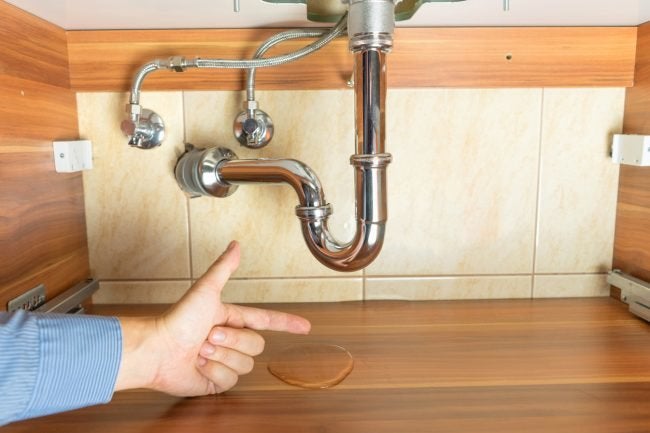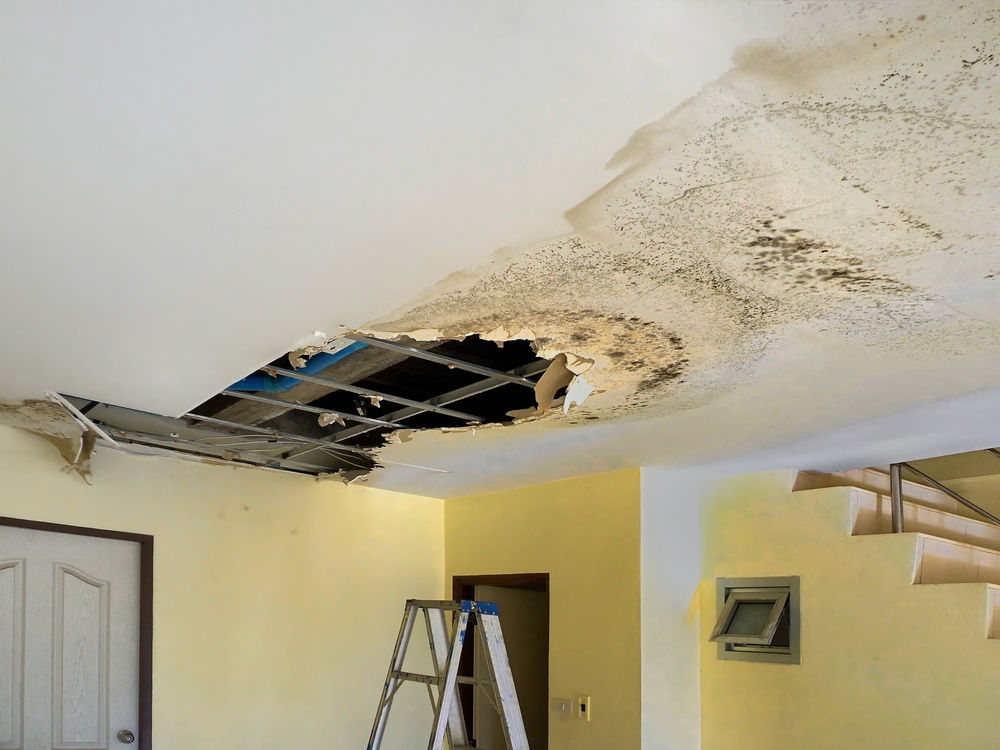How to Examine If Your Residence Has a Concealed Leakage
How to Examine If Your Residence Has a Concealed Leakage
Blog Article
Listed here below you might get a good deal of reliable ideas with regards to Hacks to detect leaks.

Early discovery of dripping water lines can mitigate a possible disaster. Aside from saving you cash, it will certainly reduce the stress as well as stress. The minute you discover a leak, calling your plumber for repair services is the very best option. However, some tiny water leaks might not be visible. If you can not find it with your naked eyes, below are some hacks that help.
1. Check Out the Water Meter
Checking it is a surefire way that assists you find leakages. If it relocates, that suggests a fast-moving leakage. This means you may have a slow leak that might even be underground.
2. Inspect Water Usage
If you identify abrupt modifications, in spite of your usage being the same, it means that you have leakages in your plumbing system. An abrupt spike in your costs suggests a fast-moving leak.
Meanwhile, a steady rise monthly, even with the same habits, reveals you have a slow leakage that's likewise slowly rising. Call a plumber to completely check your home, especially if you really feel a warm location on your floor with piping below.
3. Do a Food Coloring Test
When it comes to water consumption, 30% comes from bathrooms. If the shade somehow infiltrates your dish throughout that time without flushing, there's a leakage between the tank and also dish.
4. Asses Exterior Lines
Do not forget to examine your outdoor water lines also. Examination spigots by connecting a yard hose. Must water seep out of the connection, you have a loosened rubber gasket. Change this and ensure all connections are limited. If you have actually got a lawn sprinkler, it will certainly help get it skillfully checked out and preserved each year. One little leak can waste tons of water as well as surge your water costs.
5. Analyze the situation and examine
Property owners must make it a routine to examine under the sink counters as well as also inside cupboards for any type of bad odor or mold growth. These two warnings show a leak so prompt attention is required. Doing regular inspections, also bi-annually, can conserve you from a significant issue.
Much more notably, if you understand your residence is currently old, maintain a watchful eye on your heaters, tubes, pipelines and so on. Look for discolorations and also damaging as a lot of home appliances and pipelines have a life span. They will also normally degrade due to tear and put on. Don't wait for it to escalate if you believe leaking water lines in your plumbing system. Call a professional plumber right away so you do not end up with a dreadful mess in your home.
Early discovery of leaking water lines can minimize a prospective calamity. Some tiny water leakages might not be noticeable. Inspecting it is a surefire method that helps you find leakages. One small leakage can throw away lots of water and also surge your water costs.
If you suspect leaking water lines in your plumbing system, do not wait for it to escalate.
WARNING SIGNS OF WATER LEAKAGE BEHIND THE WALL
PERSISTENT MUSTY ODORS
As water slowly drips from a leaky pipe inside the wall, flooring and sheetrock stay damp and develop an odor similar to wet cardboard. It generates a musty smell that can help you find hidden leaks.
MOLD IN UNUSUAL AREAS
Mold usually grows in wet areas like kitchens, baths and laundry rooms. If you spot the stuff on walls or baseboards in other rooms of the house, it’s a good indicator of undetected water leaks.
STAINS THAT GROW
When mold thrives around a leaky pipe, it sometimes takes hold on the inside surface of the affected wall. A growing stain on otherwise clean sheetrock is often your sign of a hidden plumbing problem.
PEELING OR BUBBLING WALLPAPER / PAINT
This clue is easy to miss in rooms that don’t get much use. When you see wallpaper separating along seams or paint bubbling or flaking off the wall, blame sheetrock that stays wet because of an undetected leak.
BUCKLED CEILINGS AND STAINED FLOORS
If ceilings or floors in bathrooms, kitchens or laundry areas develop structural problems, don’t rule out constant damp inside the walls. Wet sheetrock can affect adjacent framing, flooring and ceilings.
https://www.servicemasterbyzaba.com/blog/how-to-detect-water-leakage-in-walls/

I stumbled upon that review on Leaking water lines while doing a search on the internet. Sharing is nice. Helping people is fun. Thanks for your time invested reading it.
Report this page